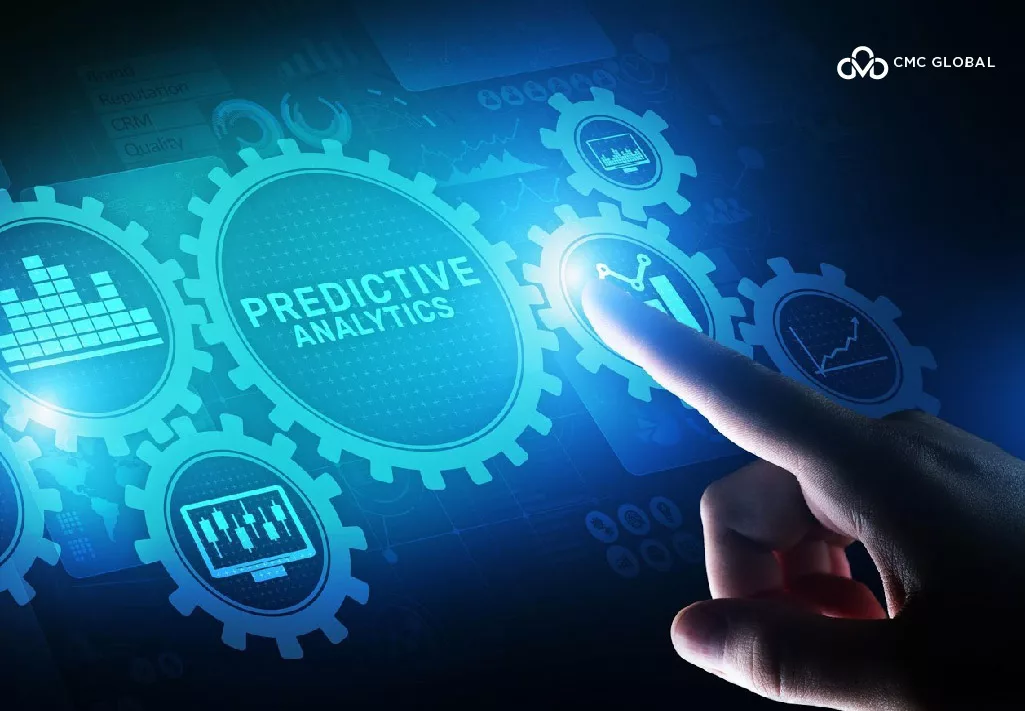Over the past decade, with the unprecedented growth speed of technology, advanced analytics have totally transformed the way businesses operate globally. Today, advanced analytics is central to many corporate functions, from marketing and pricing to customer service and manufacturing. However, this advantage has not been a familiar momentum for business strategy – at least not yet.
Far gone are the times when decision-makers could only baselessly set aspirations and make bold choices. With many digital analytics tools, they now have the needed edges to leverage their ambitions and head to the right path with certainty. Advanced analytics can be used to accomplish the following:
- Reduce bias in the decision-making process by calibrating the likelihood of your strategy succeeding before allocating resources.
- Discover new growth opportunities by complementing traditional brainstorming methods to discover chances of growth.
- See the early-stage trends so that businesses have the advantage of triggering big moves before any competitors.
- Predict complex market dynamics by generating proprietary insights.
These four applications are the future momentum for business leaders to sharpen their views and leverage the whole business position to win. In order to do all of that, they need to bear in mind that advanced analytics must be put front and center in the strategy process.
Analytics helps to reduce bias in decisions.

Experts have observed that even experienced planners tend to underestimate the cost and time required to complete projects. This situation is called the “planning fallacy”, rooted in the fact that people, especially those with extensive industrial experiences, have the tendency to make forecasts based on the case’s specifics combined with personal experience and intuition (commonly referred to as an inside view). With a strong belief in themselves, they make decisions without taking into account the distribution of outcomes of similar cases (the outside view).
As a result, many of these forecasts are overly optimistic.
This fact makes people create a procedure called “reference class forecasting,” involving an inside view with data on real-world outcomes or base rates from a reference class of similar cases. Such calibrations have been limited largely to the field of project management for years. And now, with a pool of data for strategic plans, it has been involving estimating the future costs and benefits of investments, making an outside view just as valuable in informing those decisions.
The author of Strategy Beyond the Hockey Stick has pioneered solving this problem by introducing the idea of using data analytics to give decision-makers an outside view of strategy. By embracing the outside view, he helps readers to estimate the strategy’s odds of success before they allocate resources to that strategy.
For example, according to McKinsey’s research, if your target is to grow economic profit by $100 million/year in the next decade, it would be helpful to know that only 35% of large companies managed to achieve that over a decade. And if we told you that companies which implemented programmatic-M&A3 strategies and reached the top quintile in productivity improvements were 1.5 times more likely to achieve that profit target, would you not consider prioritizing those two areas in your strategic efforts?

According to Mckinsey, they have often applied this methodology to calibrate strategies and performance aspirations against data from thousands of publicly listed companies. The approach can be used to motivate bold strategic moves while, in some cases, demonstrating that ambition is unlikely to be achieved without exceedingly strong execution.
For example, when shown this approach, an energy company realized that their planned strategy had achieved the financial performance they were targeting in only 10% of historical cases. The strategy was simply too timid. This led the company to reassess the plan and include bigger, bolder strategic moves that would improve their odds of achieving desired gains. At the other extreme, a materials-industry company set a strategy that only 5% of companies in a database had managed to execute successfully. Highlighting the stretch of this ambition helped demonstrate the importance of establishing a rigorous execution – and performance-management infrastructure for the plan’s delivery, helping to lower the risk in $8 billion worth of investment.
Analytics can be applied to unearth new growth opportunities.

Advanced analytics can also enhance strategic planning by seeking more growth opportunities that would otherwise be hard to spot, be they attractive industry segments and acquisition targets, ideas for new products or services, or even new applications for existing offerings. The most effective of these algorithms uses sophisticated network analysis and natural language processing to find connections among thousands of text data sources such as company descriptions, patent filings, M&A data, and academic papers.
Analytics helps identify early-stage trends.
State-of-the-art artificial intelligence engines have the capability to analyze, in real-time, publicly available information spanning billions of web pages, patent filings, news sources, clinical trial reports, earnings-call transcripts, and more. With the lighting speed and the ability to find patterns in these disparate data sources, they help executives identify emerging trends by measuring the frequency change of a term appearing in the data.

Some of these real-time tools can also perform sentiment analysis, which uses trained algorithms to classify news and social-media content based on the event or topic, the companies involved, and the positive or negative sentiment associated with each company. Quantitative investors seeking short-term market inefficiencies use this type of data to inform their trades. Companies developing strategies can similarly tap such analyses for timely perspectives on customer sentiment or reputational risk.
In a world of increasing uncertainty, companies need to be dynamic in how they set and manage their strategic plans. That requires combining no-regret moves that work in any condition and can be executed immediately with a few bigger, bolder bets that would be executed once the executive team is comfortable that a conducive scenario is unfolding. By using advanced analytics to track emerging trends, you can trigger these contingent moves before your competitors do.
Analytics helps anticipate complex market dynamics.

By approximating real-world behavior, mathematical modeling and simulation can be used to highlight important trade-offs and assumptions associated with various strategic choices, forecast market demand under different scenarios, and help managers understand and predict competitive responses or customer behaviors. The modeling methods currently available include system dynamics, agent-based simulations, Monte Carlo analyses, and a range of machine-learning approaches. Models are especially helpful in assessing complex market and competitive situations where managerial intuition is insufficient to account for the implications of many interdependent parties’ actions fully.





